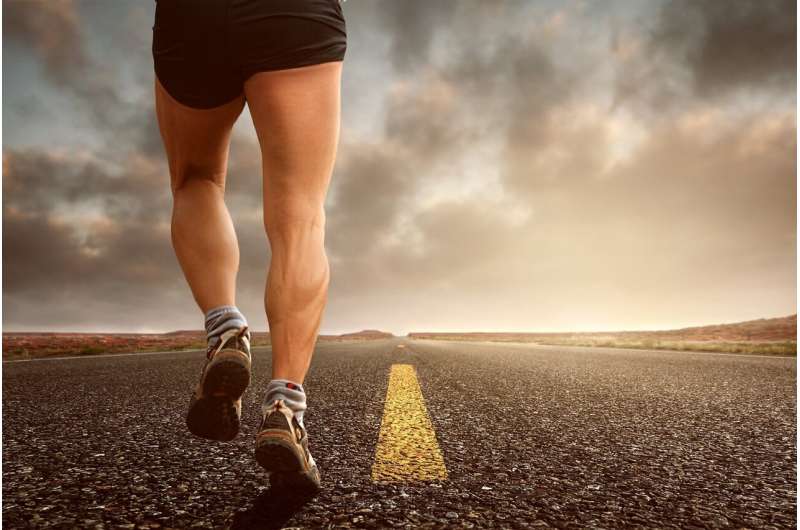This article has been reviewed according to Science X's editorial process and policies. Editors have highlighted the following attributes while ensuring the content's credibility:
fact-checked
peer-reviewed publication
trusted source
proofread
Impacts during everyday physical activity can slow bone loss

A study conducted at the University of Jyväskylä, Finland, found that the bone mineral density at the femoral neck decreased, but the structural properties were maintained or even slightly improved during a year-long multicomponent exercise training intervention in 70- to 85-year-old men and women who had previously been physically inactive.
Those who had accumulated more moderate and high-intensity activity did not experience as much deterioration in bone density as those who were less active or accumulated their daily activity at a lower intensity.
"Even short bursts of activity can be significant for the skeleton, so we also looked at movement in terms of the number and intensity of individual impacts," says Postdoctoral Researcher Tiina Savikangas. "For example, walking and running cause impacts of different intensities. We found that impacts that were comparable to at least brisk walking were associated with better preservation of bone mineral density."
The amount and intensity of physical activity typically decrease, and bone health deteriorates with aging. However, strength training and impact-type exercise, such as running and jumping, can attenuate age-related bone loss. A new feature of this study was that, in addition to physical exercise, it looked at the importance of physical activity in everyday life. The results suggest that it is worth increasing the amount of bone-loading impact activity in your daily routine.
"It is possible to incorporate more high-intensity activity into your everyday life in small bouts, such as brisk walks and stair climbing," says Postdoctoral Researcher Tuuli Suominen. "Jumping-like impacts can also be achieved without the actual jumping by first raising up on your tiptoes and then dropping down onto your heels."
The femoral neck is particularly prone to fall-related fractures. Both the bone mineral density at the femoral neck and the prevention of falls are essential for preventing hip fractures.
Savikangas and Suominen also suggest that, especially in older people who do not exercise regularly, increasing daily physical activity may also help maintain bone health and prevent fractures through improved functional capacity and muscle strength. Good functional capacity and muscle strength reduce the risk of falls but also allow the bones to be loaded more efficiently.
The study is part of the PASSWORD study carried out by the Faculty of Sport and Health Sciences and Gerontology Research Centre at the University of Jyväskylä, Finland, in 2017–2020. This sub-study involved 299 men and women aged 70 to 85 from Jyväskylä who were less active than recommended before the study started.
All participants participated in progressive muscle strength, endurance, balance, and flexibility training. Half of the subjects participated in a computer training program focused on information processing skills in addition to the exercise program.
The amount and intensity of physical activity were measured with accelerometers before and after six months of training. The femoral neck's bone density and structural properties were measured using dual-energy X-ray absorptiometry before and after the one-year exercise program.
The research is published in the journal Bone.
More information: T. Savikangas et al, Changes in femoral neck bone mineral density and structural strength during a 12-month multicomponent exercise intervention among older adults—Does accelerometer-measured physical activity matter?, Bone (2023). DOI: 10.1016/j.bone.2023.116951




















